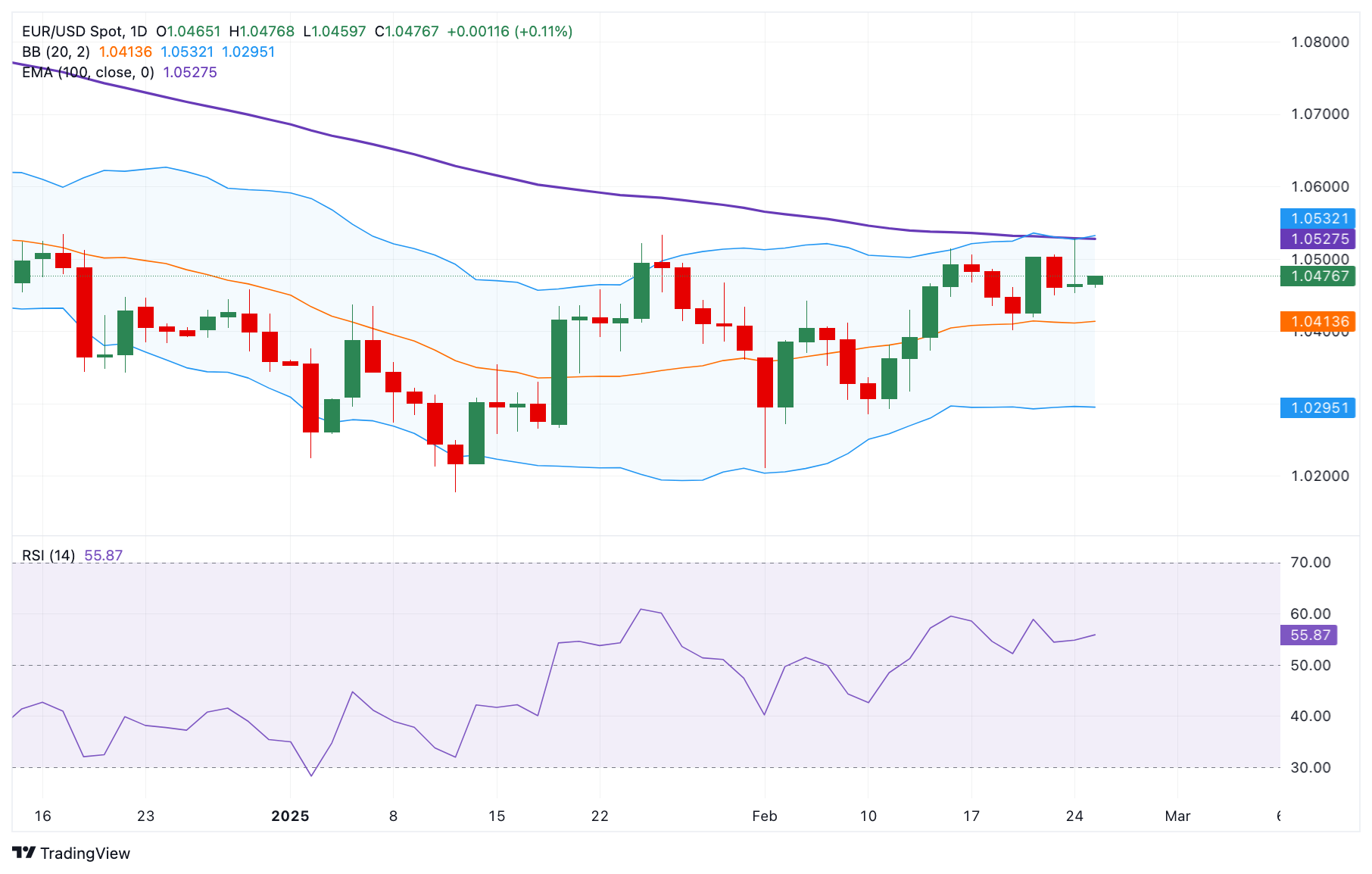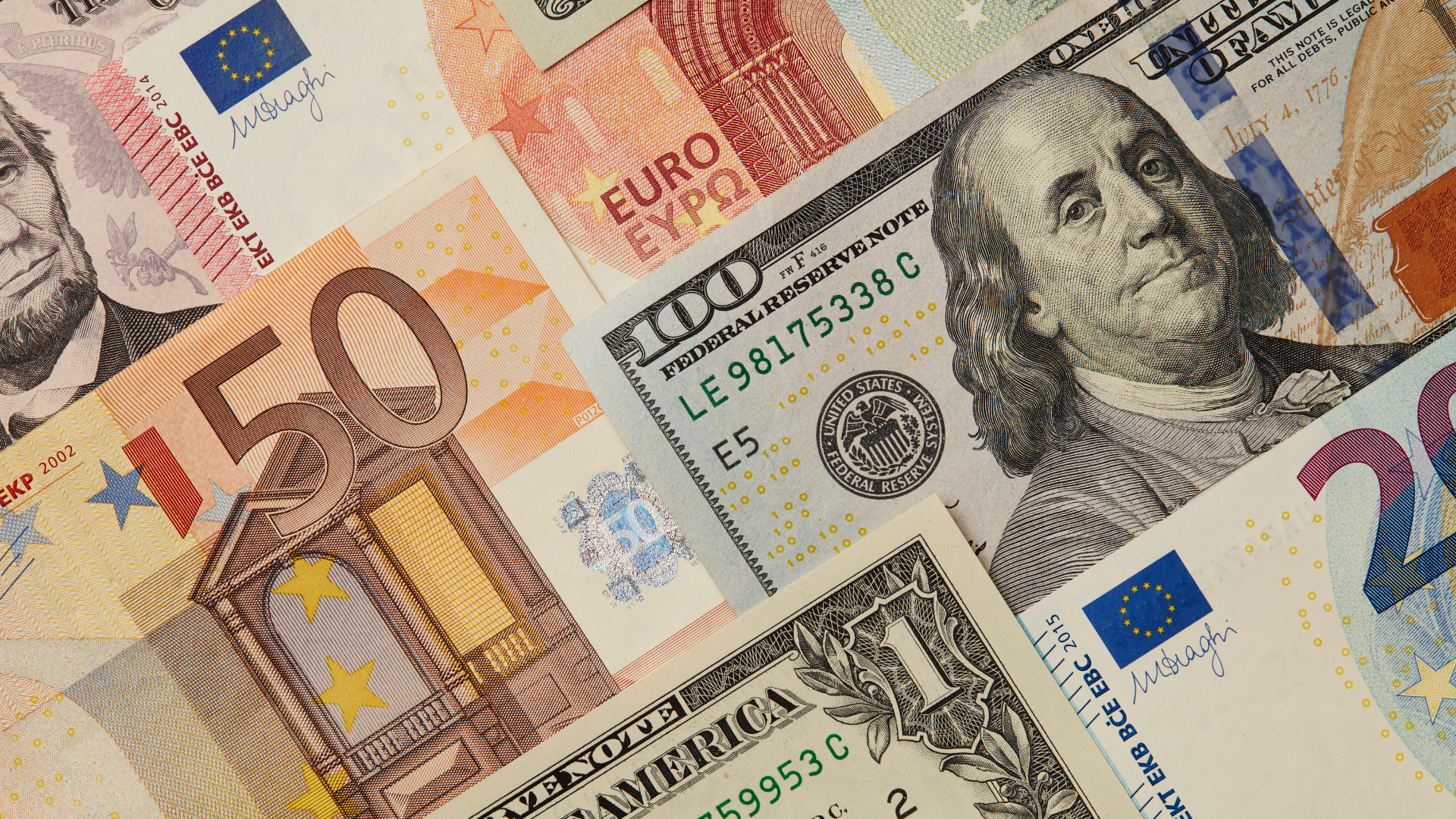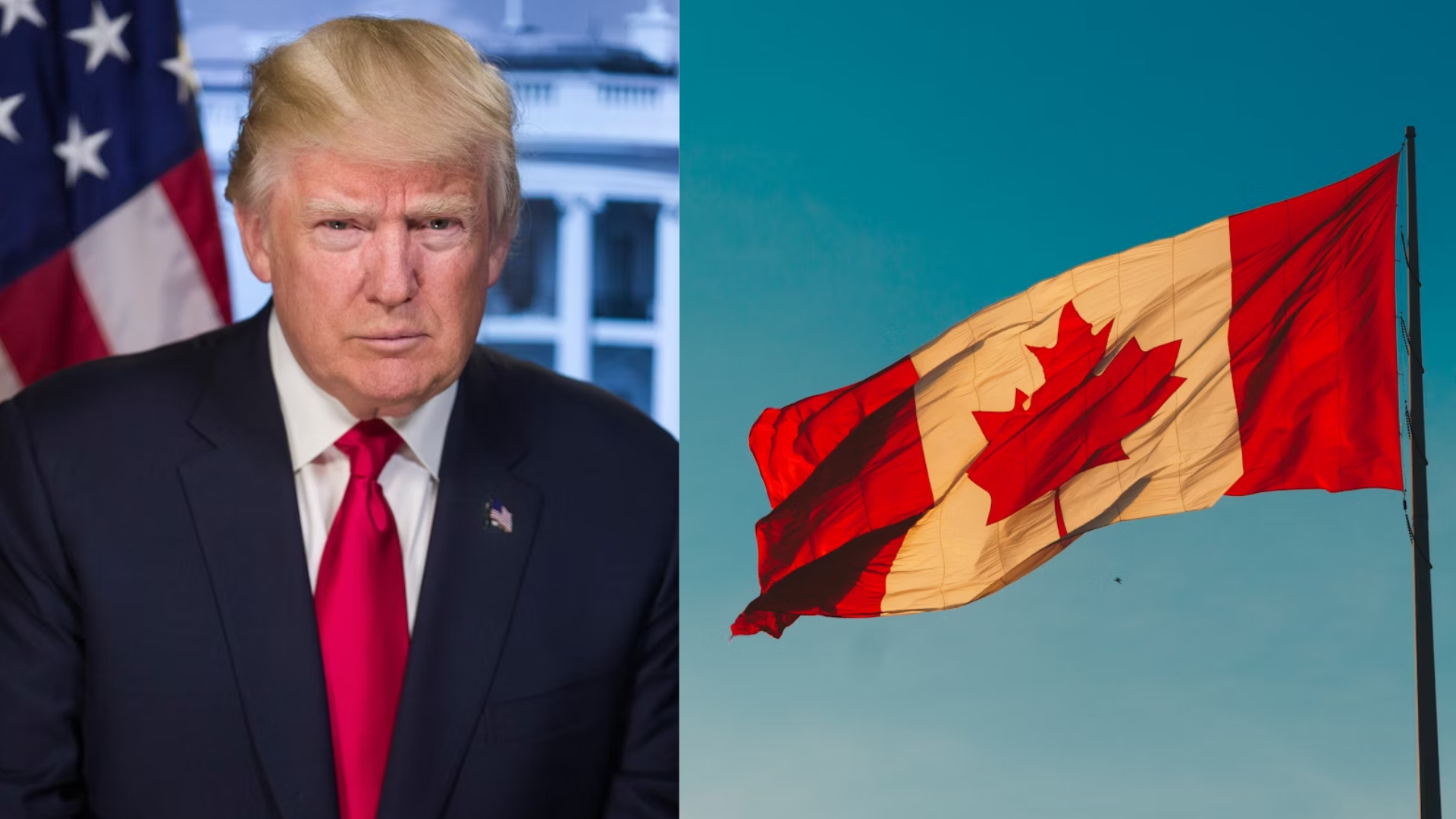The EUR/USD pair remained under pressure on Wednesday, with the euro struggling to break past key resistance above 1.0500 as traders weighed economic data and shifting monetary policy expectations. Despite some attempts at recovery, the pair remains in a fragile position, with upside potential looking increasingly limited.
The US dollar continues to hold firm, supported by elevated Treasury yields and uncertainty around the Federal Reserve’s rate path. While markets still anticipate rate cuts later this year, recent resilient US economic data has reinforced expectations that the Fed will remain cautious, preventing a sharp decline in the greenback. This has kept EUR/USD pinned near recent lows, with buyers struggling to gain momentum.
At the same time, the euro has lacked strong catalysts for a sustained rally. The European Central Bank (ECB) has maintained a dovish tone, with policymakers signaling that inflation is cooling and growth risks remain. As a result, traders have begun pricing in potential ECB rate cuts later this year, further weakening the euro’s appeal against the dollar.

EUR/USD 1-D Chart as of February 25, 2025 (Source: TradingView)
From a technical perspective, EUR/USD faces significant resistance above 1.0500, with repeated failures to break higher suggesting that sellers remain in control. If the pair continues to struggle at these levels, a renewed downside move toward 1.0450 or lower could be on the horizon. Conversely, a decisive break above resistance could shift momentum, though broader fundamentals continue to favor the dollar.
Looking ahead, traders are keeping a close eye on upcoming US economic data, particularly inflation and labor market reports, which could influence Fed expectations and drive the next move in EUR/USD. Any signs of persistent inflation could strengthen the dollar further, while softer data may provide some relief for the euro.
For now, EUR/USD remains vulnerable, with technical and fundamental factors aligning against a major rally. Unless eurozone economic conditions improve or the Fed signals a more dovish shift, the pair may continue to struggle, with downside risks outweighing the potential for a breakout above 1.0500.
















